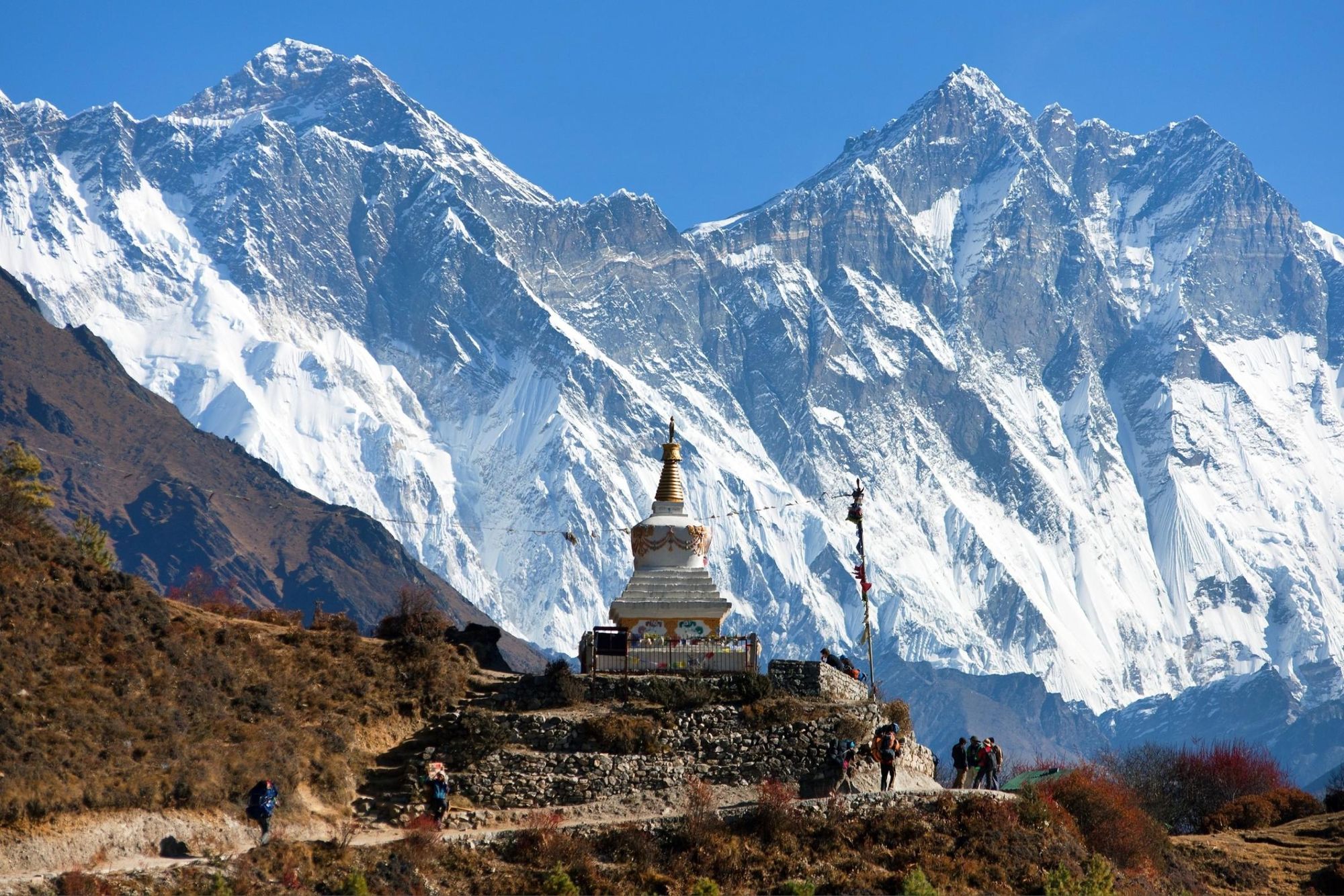The Everest Panorama Trail (also known as the Everest View Trek) takes you deep into the Nepalese Himalayas, serving up 360° views of glaciated peaks.
“Near Namche Bazaar is a viewpoint with amazing views of Everest and Lhotse, two 8,000m+ mountains,” says trekking guide Kushahari Phuyal. “It’s not only these two—there are many other mountains; there is a beautiful mountain called Ama Dablam. One is way to translate this is ‘mum carrying daughter on her back’, which is a description of its appearance.”
Those who are thinking about doing more high-altitude, long distance hikes in the future could try this as a first attempt
The route is shorter and at lower altitude than the better-known Everest Base Camp Trek, making it an ideal option for first-timers to the region.
“I call the Everest Panorama Trail a ‘first for adventure.’ So those who are thinking about doing more high-altitude, long distance hikes in the future could try this as a first attempt,” explains Kushahari.
His personal highlight, aside from the views, is a visit to the village of Khumjung.
“Khumjung isn't included on the majority of EBC Trek itineraries. To visit and stay there is a different atmosphere because you get to see a different local vibe,” he explains.
“That village has been supported by Edmund Hillary for a long time. Their livelihood depends on agriculture, tourism, and trade. Tourism being a seasonal business in the region, the economy of the village is dependent on agriculture. The Panorama Hike supports the locals, because they don't get much business from those who go to Basecamp.”
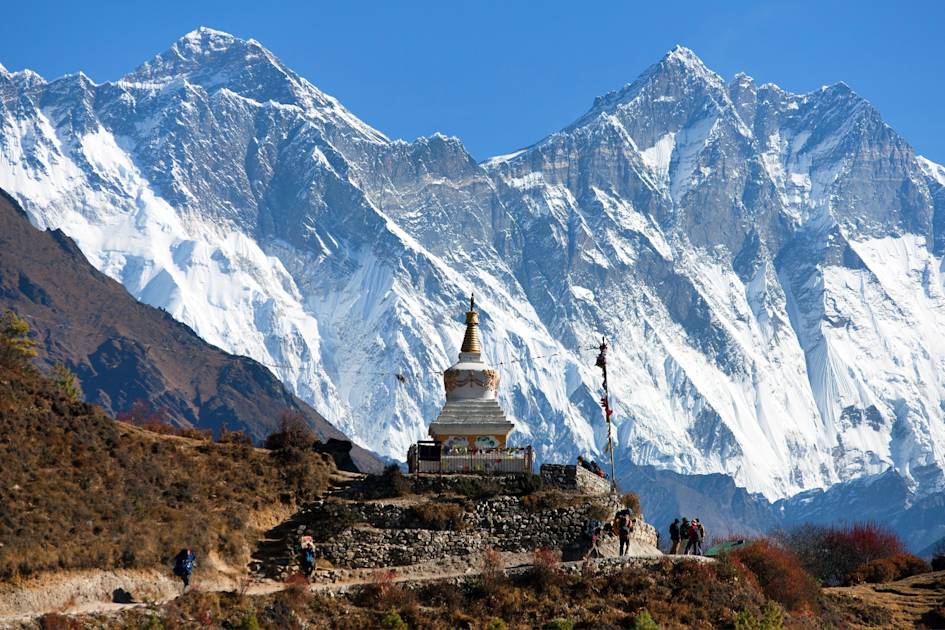
Map & Basics
- Distance: 33.9 miles (55 km)
- Days to walk: 7
- Elevation gain: 5,264m (17,270 ft)
- Highest point: 3,860m (12,664 ft)
Everest Panorama Trail Vs. Everest Base Camp Trek
The first two days of trekking the Everest Panorama Trail—from Lukla to Namche Bazaar—mirror that of the Everest Base Camp Trek. However, they diverge from there.
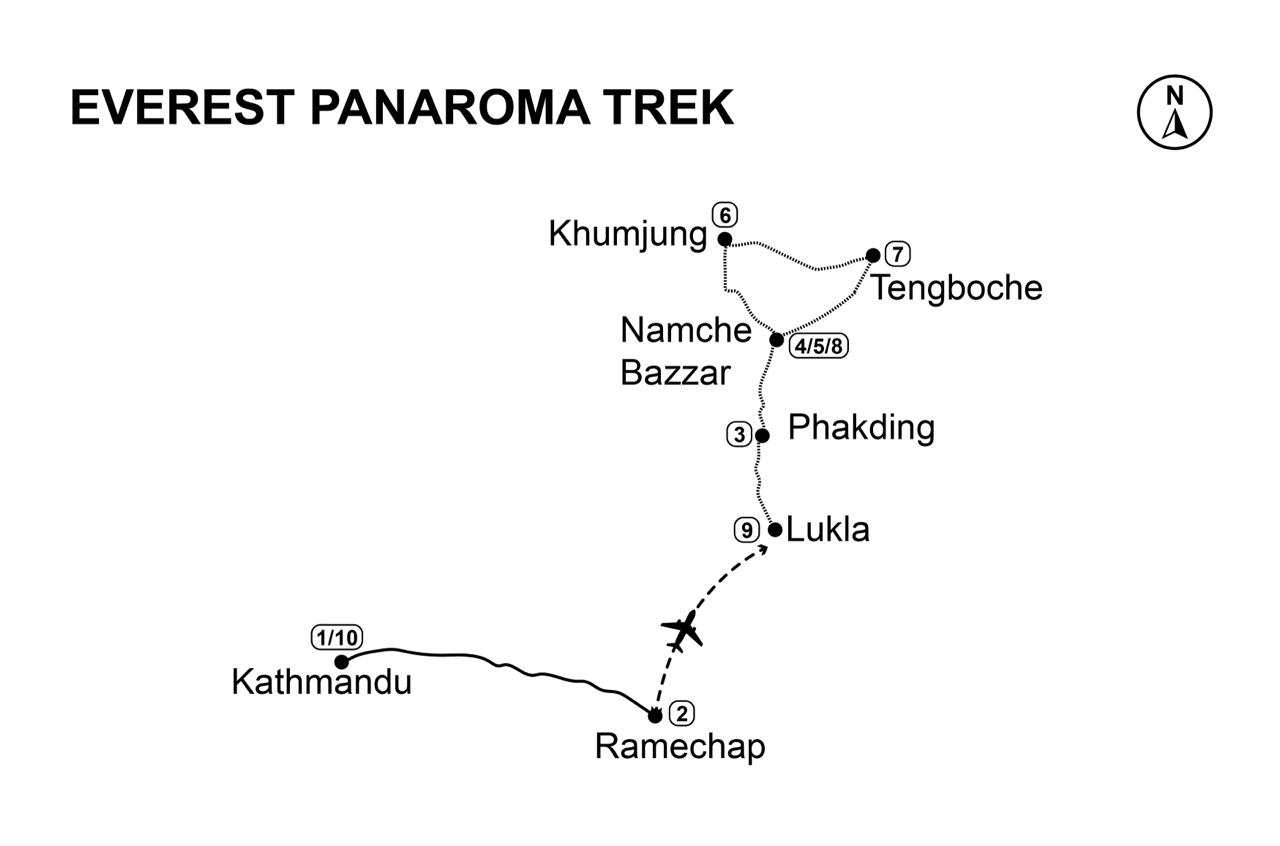
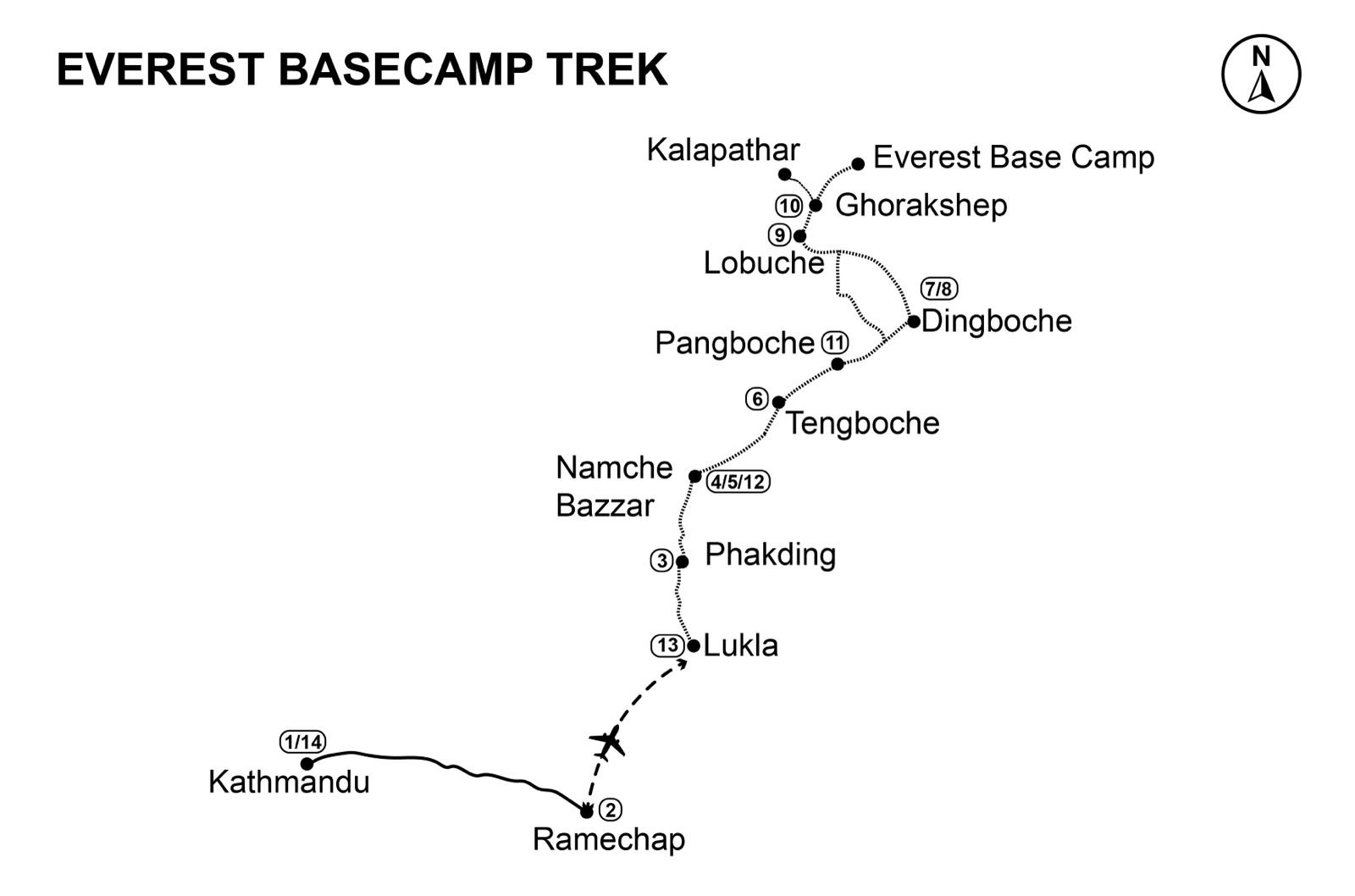
The EBC Trek continues onto the eponymous base camp and retraces the same route back, and the Everest Panorama Trail circling round to Tengboche Monastery via Khumjung.
“The Panorama Trail is around half the length of the Everest Base Camp Trek, and much shorter, so it’s good for those who have limited time,” says Kushahari. “It also doesn’t go up to such a high altitude. The Base Camp Trek is therefore harder because you climb up to a higher altitude—it’s harder to hike, and to get a good night’s sleep. On the Panorama Trail the highest you go is to 3,860m elevation, so it makes people less worried about altitude sickness.”
Everest View Trek: The Route
Day One: Lukla to Phakding
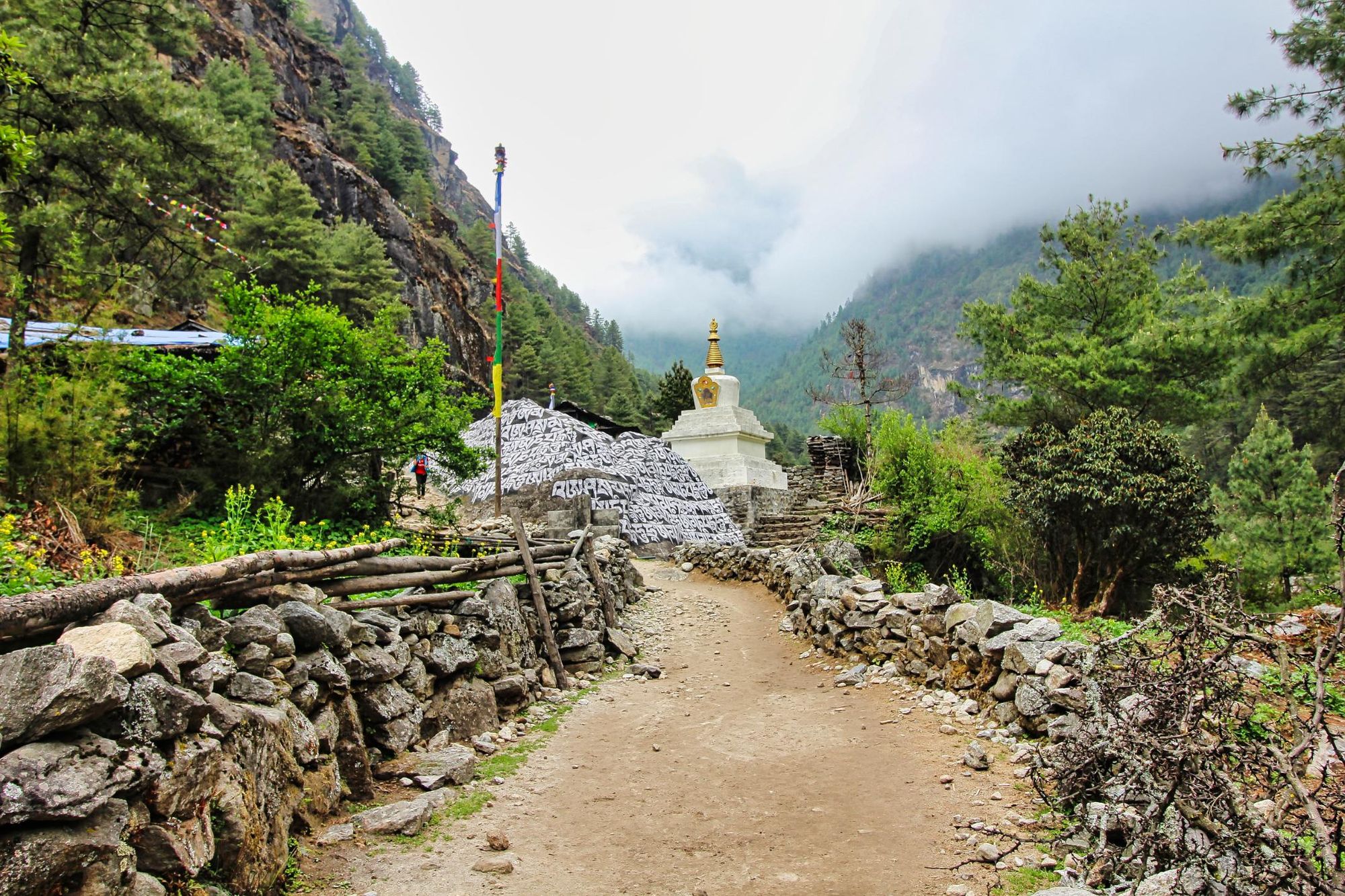
- Distance: 4.6 miles (7.5km)
- Hiking time: 4 hours
- Elevation: 610m up/ 830m down
The first day’s trek begins in Lukla, where your flight lands, and ends in the small village of Phakding. It’s an undulating trail including several flights of stone steps, leading through rhododendron and pine forest.
“Here in Nepal we have found more than 32 different species of rhododendron,” says Kushahari. “March and April is the flowering time and if you’re walking then, you’ll be able to see some of the red, pink, and white flowers.”

The trail is relatively easy going, but might take longer than anticipated due to the change in altitude between Manthali (474m/1,555 ft) and Lukla (2,860m/9,383ft). It will take around four hours to reach Phakding, which is situated on the banks of the Dudh Koshi, or “milky river”—named after its cloudy waters, fed from the Khumbu Glacier.
Day Two: Phakding to Namche Bazaar
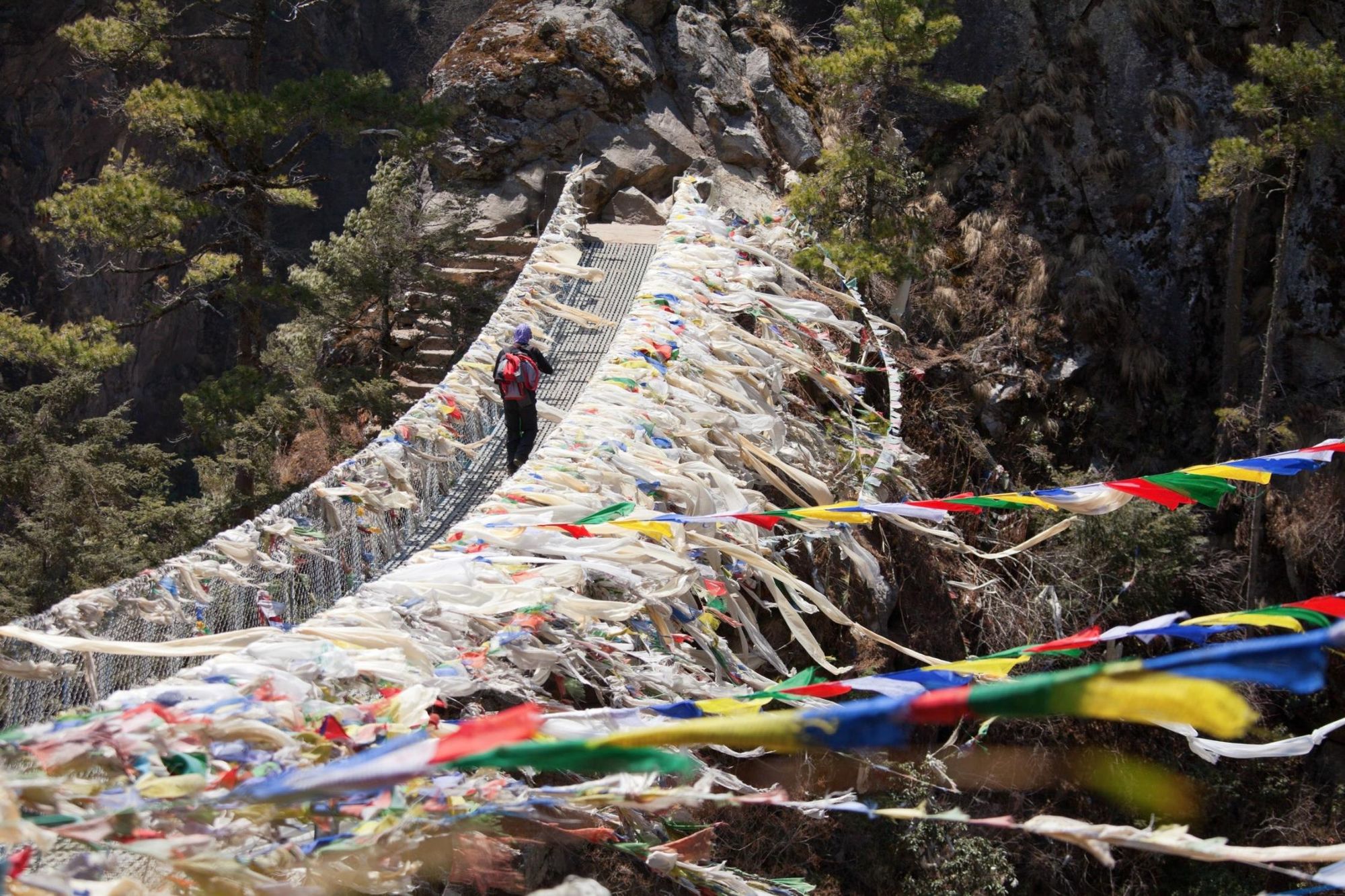
- Distance: 6.5 miles (10.5km)
- Hiking time: 6-7 hours
- Elevation: 1670m up/ 880m down
The second stage of the trek is a little more challenging, as it requires a significant altitude gain, from Phakding at 2,600m (8,530 ft) elevation to Namche Bazaar at 3,400m (11,154 ft). The hike lasts between six and seven hours.
Namche Bazaar is interesting because it’s one of the first places that the Sherpa people settled—that’s one of our ethnic groups in Nepal
“For roughly the first four hours you’ll be walking through the Koshi River Valley, crossing four or five suspension bridges, including the famous Hillary Bridge,” says Kushahari. “When Edmund Hillary was going up to Everest there weren't any bridges so he crossed the river on foot. We built the higher bridge and named it after him—it’s about 420m above the river level.
“You cross that bridge and after that you walk through the pine forest all the way up to Namche Bazaar. Namche Bazaar is interesting because it’s one of the first places that the Sherpa people settled—that’s one of our ethnic groups in Nepal.”
Day Three: Acclimatisation in Namche Bazaar
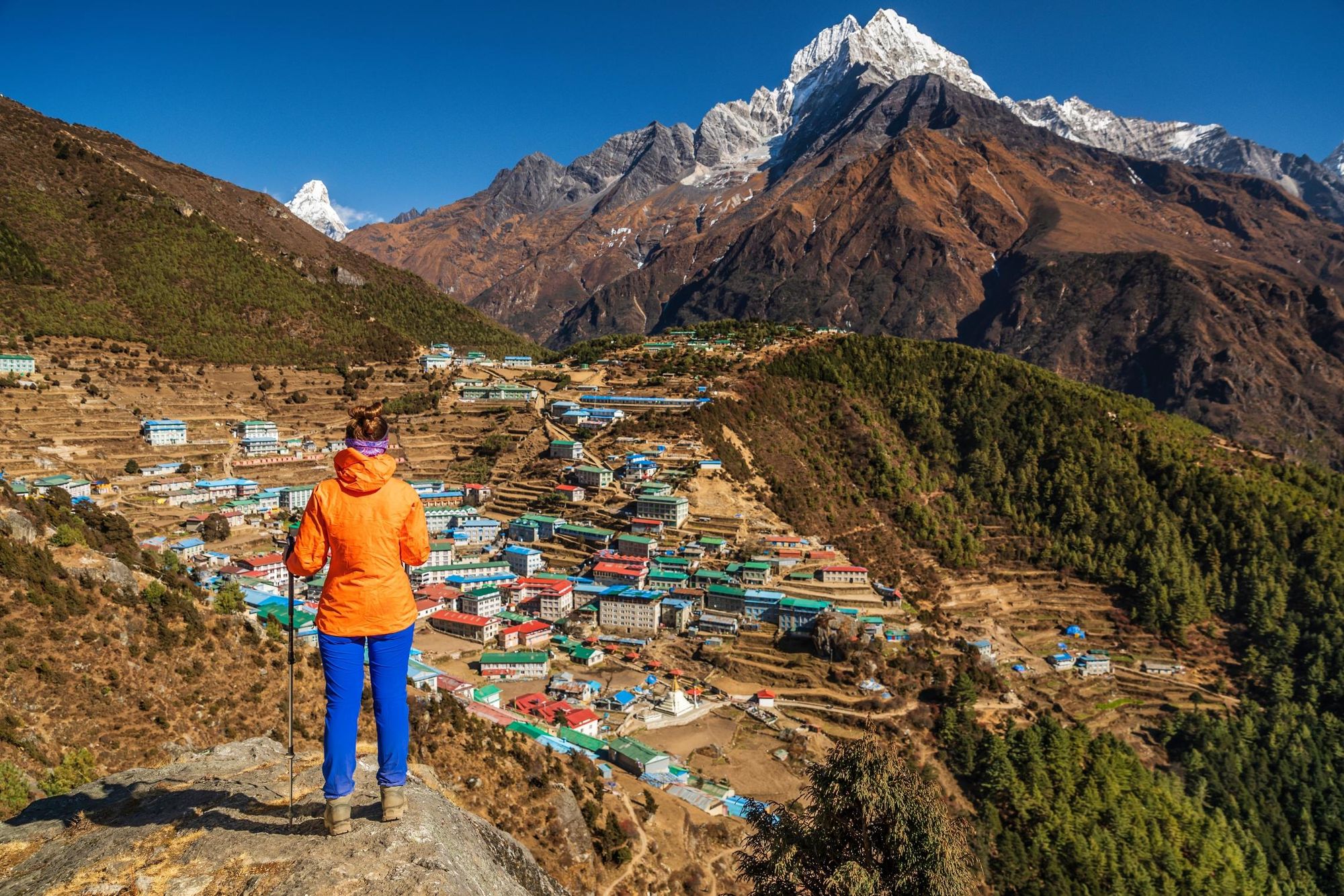
It’s wise to spend a day acclimatising in Namche, which Kushahari says is nicknamed “mini Thamel” after the travellers’ neighbourhood in Kathmandu, thanks to its profusion of bars, cafes and shops. A short hike will help you get accustomed to the altitude. There are several options.
There’s a viewpoint you can walk to where we'll be able to see Everest and Lhotse, two mountains over 8,000m
“There’s a viewpoint you can walk to where we'll be able to see Everest and Lhotse, two mountains over 8,000m (26,246 ft) which are very close by,” says Kushahari. “From here you could go a bit higher up to a small disused runway called Tengboche Runway, and then back down.
“However, this route is part of tomorrow’s hike, so if you don’t want to repeat yourself there’s a hiking trail to a small town called Thame you can follow. It’s off the Everest Base Camp trail so never gets too crowded, and there’s a small monastery you can visit.”
Day Four: Namche Bazaar to Khumjung
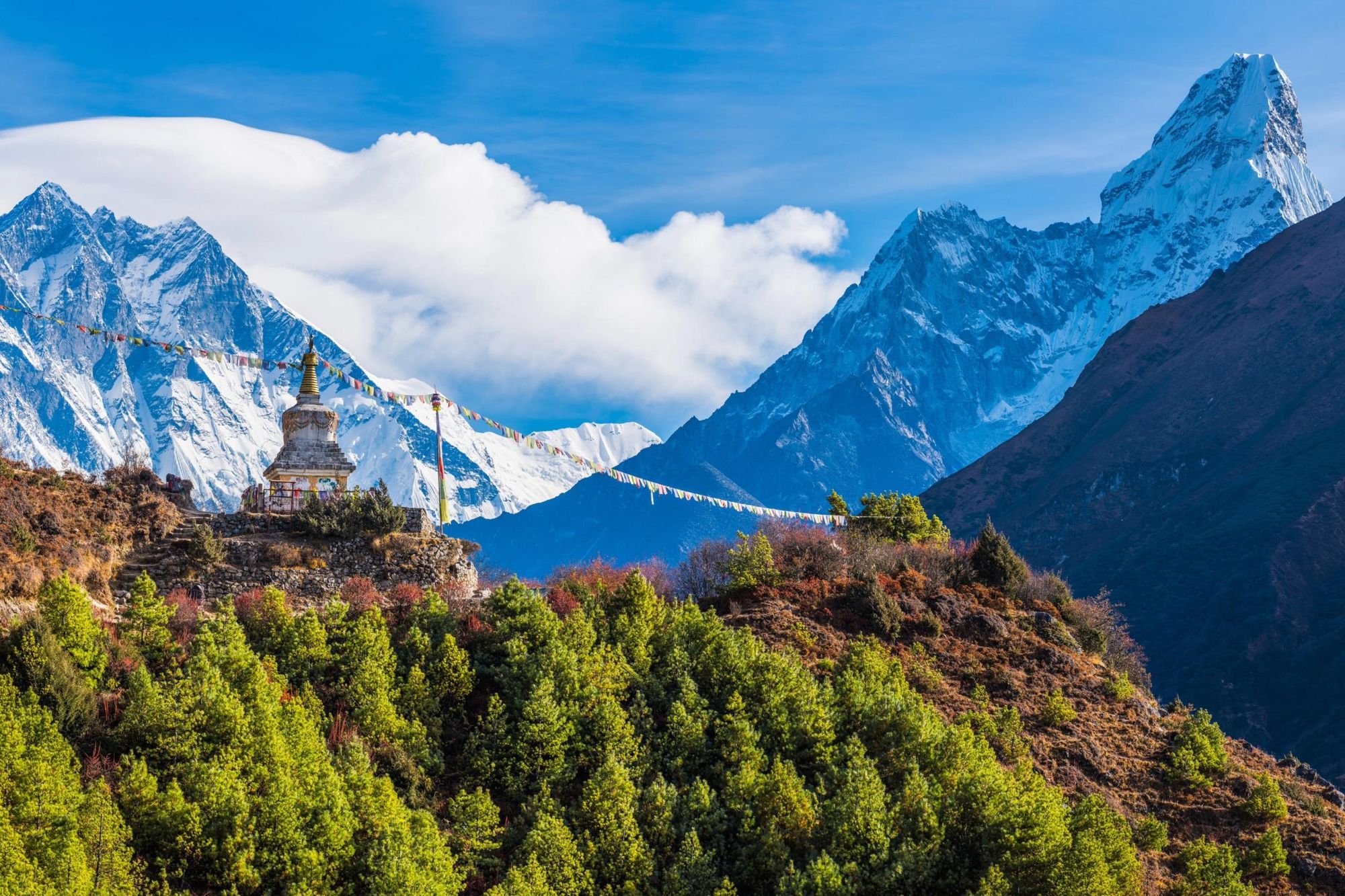
- Distance: 3.1 miles (5km)
- Hiking time: 4 hours
- Elevation: 510m up/ 160m down
Today’s hike is short and steep as you climb from Namche Bazaar (3,440m/ 11,286 ft) to the village of Khumjung (3,790m/ 12,434 ft). You’ll hike uphill out of town to the spectacular viewpoint mentioned in ‘day three’, and from there continue on up to the disused runway.
From the runway, you’ll catch sight of a small white stupa perched atop a hill— your next destination.
You’ll be able to see Khumjung village in the valley, with the Himalayas rising behind it
“From the stupa you’ll have one of my favourite views of the trek,” says Kushahari. “You’ll be able to see Khumjung village in the valley, with the Himalayas rising behind it. After that, you just have to follow the path to Khumjung.”
One of the major attractions of the Khumjung Village is the Khumjung Monastery, which displays what it claims is a 300-year-old yeti scalp, and the Sir Edmund Hillary Visitor Centre which depicts the legacy of Sir Edmund Hillary and his contribution to the Everest region.
Day Five: Khumjung to Tengboche Monastery
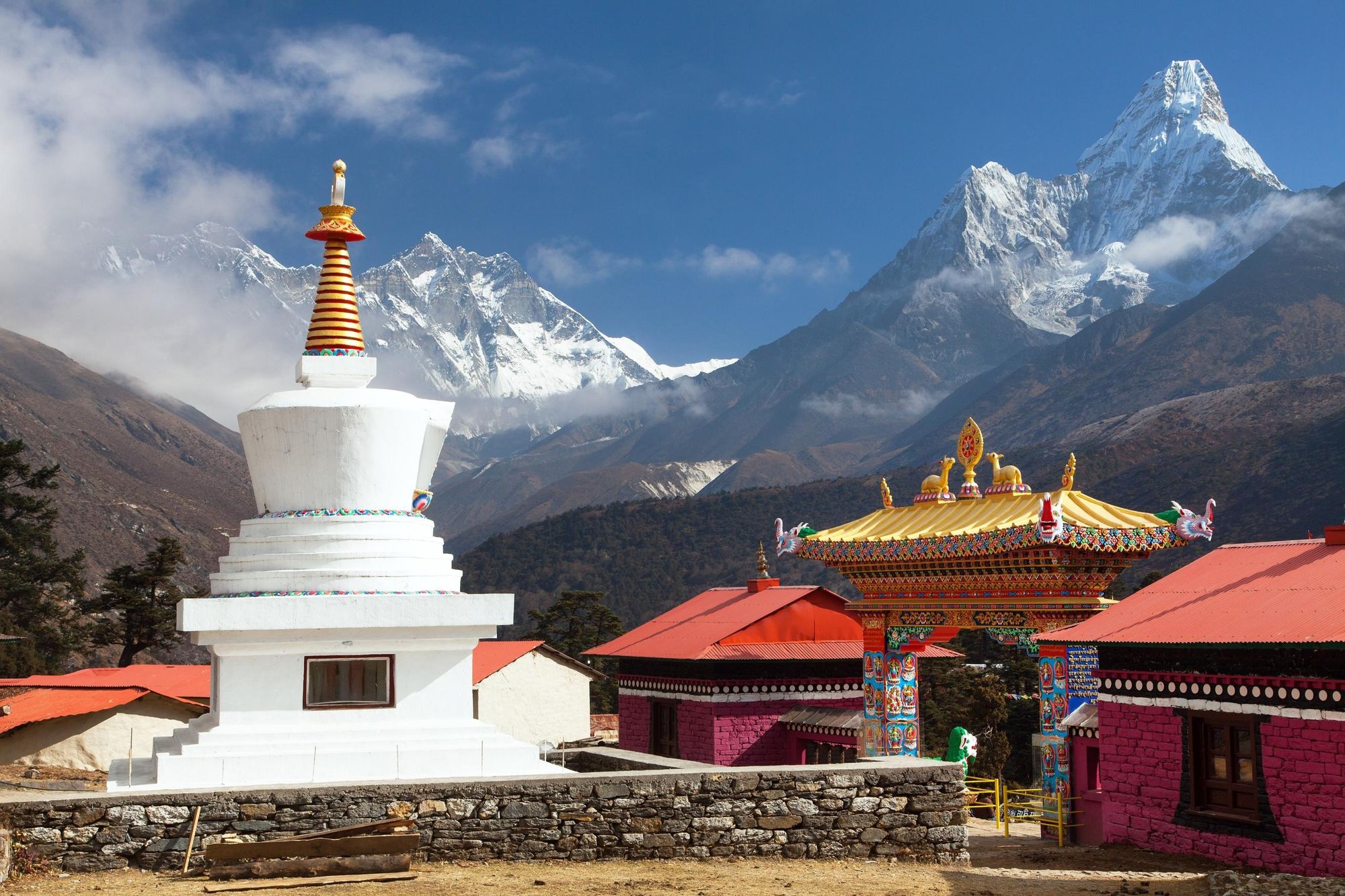
- Distance: 3.1 miles (5km)
- Hiking time: 5 hours
- Elevation: 580m up/ 500m down
This stage takes you to the literal high point of the trek; Tengboche Monastery, located at an elevation of 3,860m (12,664 ft).
From here you have a very close-up view of Everest and see spectacular sunrises and sunsets
“You’ll descend to 3,330m (10,862 ft) and then go back up again—a big ascent, a big descent and a second big ascent within four to five hours,” says Kushahari.
“Tengboche Monastery is located on a ridge at the top of the hill. From here you have a very close-up view of Everest and see spectacular sunrises and sunsets.”
Day Six: Tengboche Monastery to Namche Bazaar
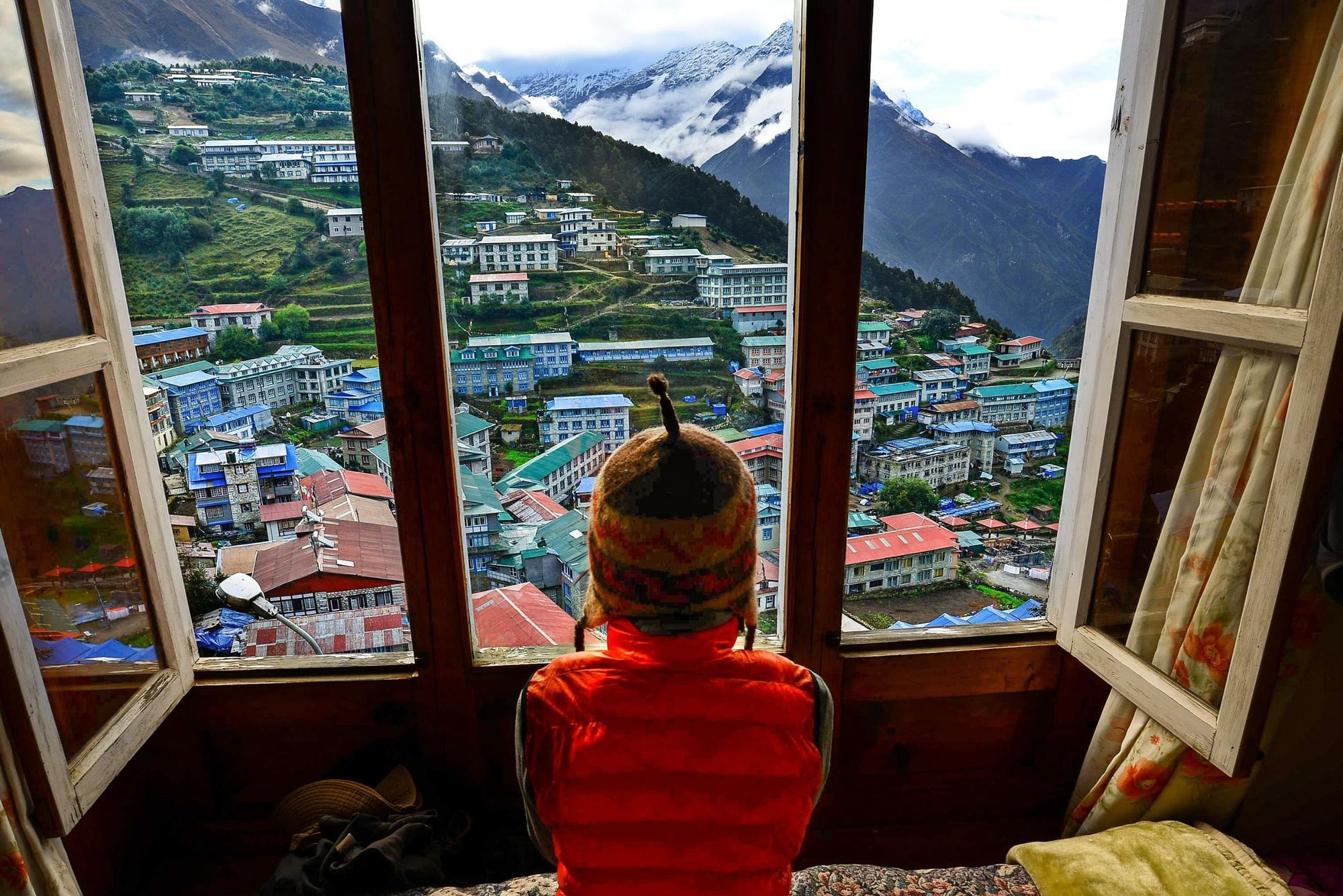
- Distance: 5.5 miles (9km)
- Hiking time: 4 hours
- Ascent/descent: 540m up/ 1000m down
Today you’ll return to Namche, via a slightly different route to the way that you climbed up. Instead of travelling via Khumjung, you’ll pass through the small village of Phunke Teng, crossing a large suspension bridge on your way. You’ll be immersed in the mountains—and travelling downhill, there’s a greater opportunity to enjoy the views.
Day Seven: Namche Bazaar to Lukla
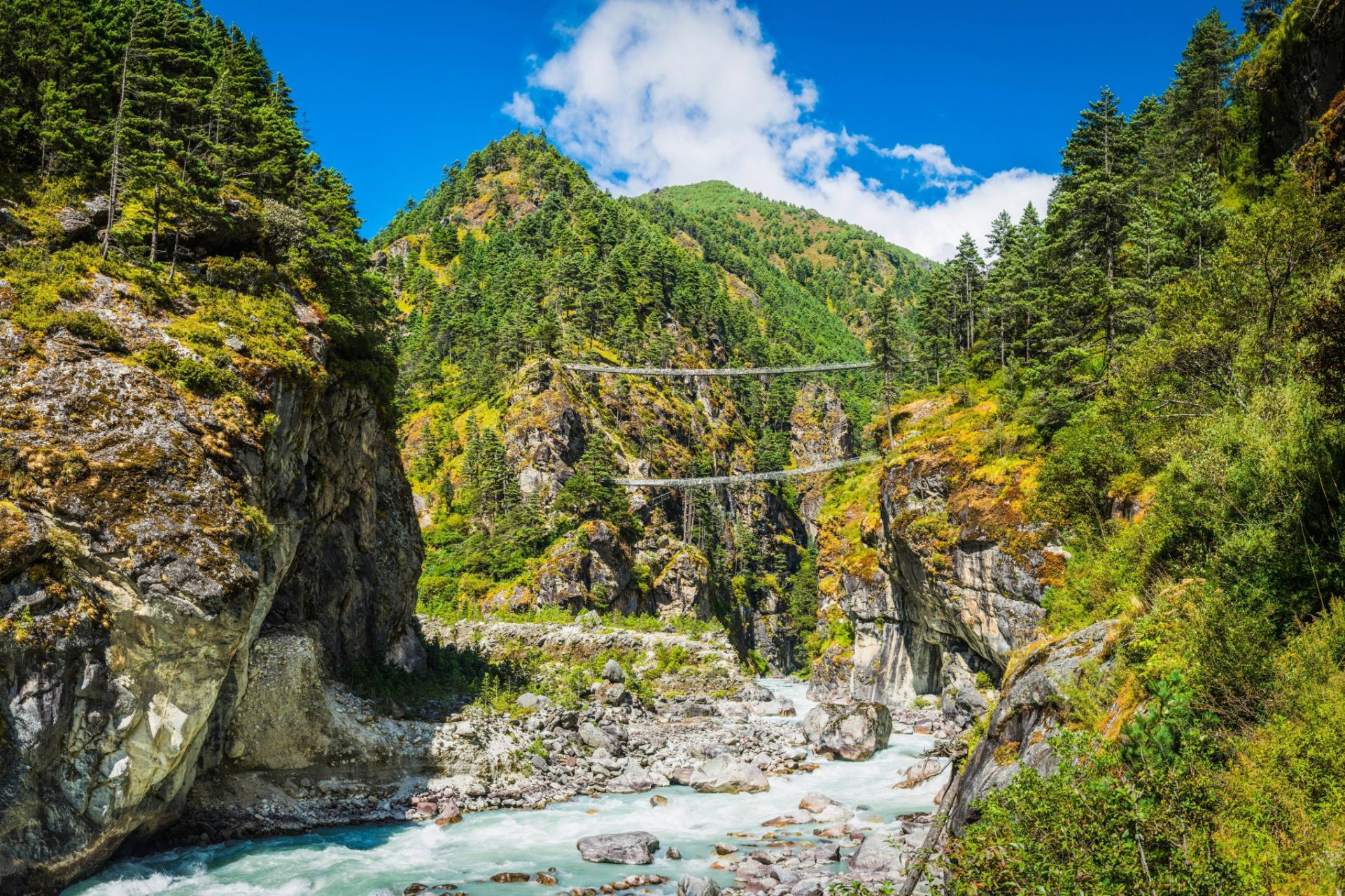
- Distance: 11.1 miles (18km)
- Hiking time: 7-8 hours
- Ascent/descent: 1354m up/ 1995m down
Your final day of hiking. This follows the same route as day one and two of your hike, but in reverse. This is the longest day of hiking, with a couple of ascents and a long descent into Lukla.
Where to Stay Along the Everest View Trek
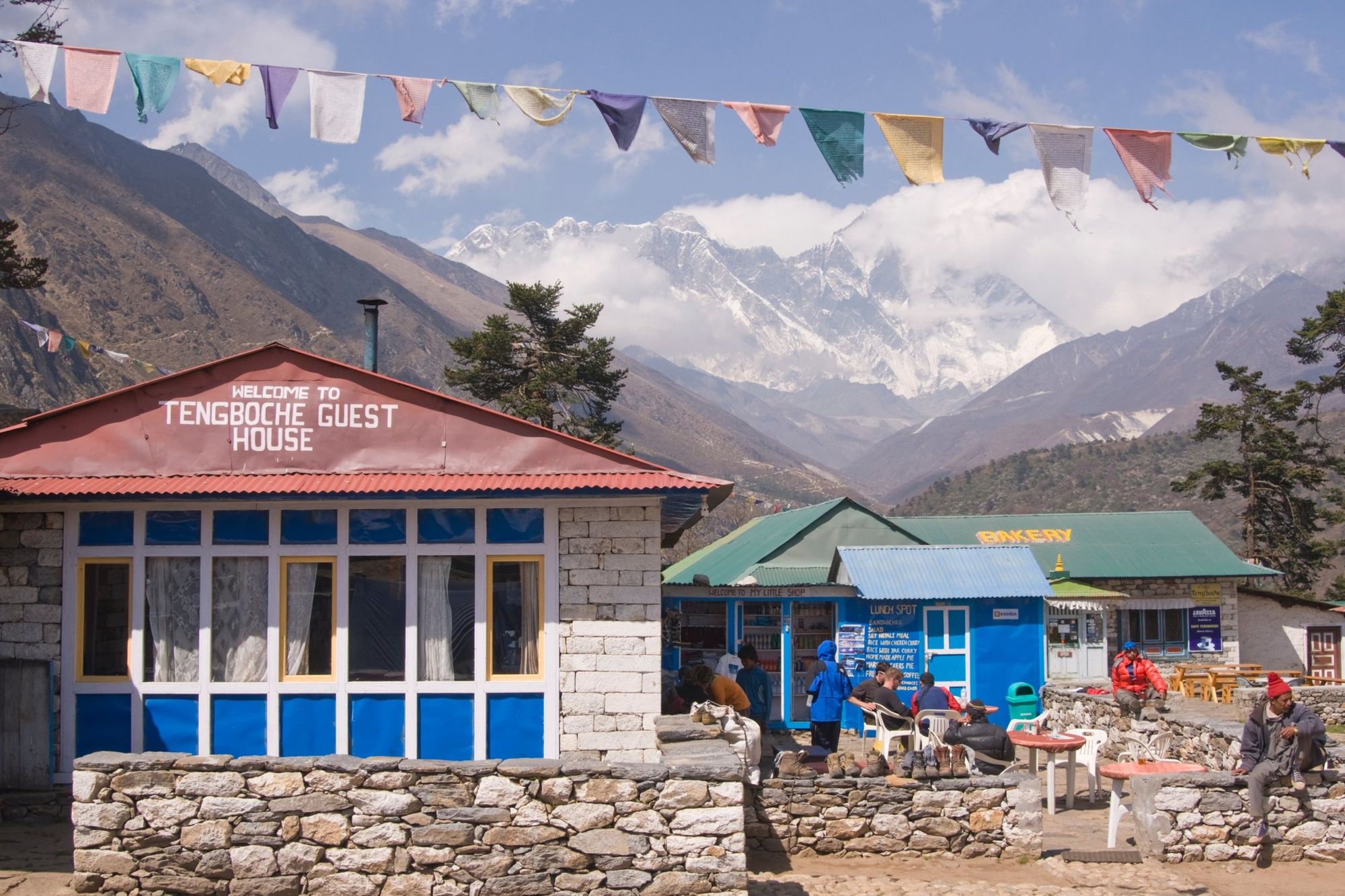
Similarly to other treks in the region, along the Everest View Trek you’ll be staying in tea houses—simple, family-run homestays that offer basic accommodation, a communal lounge and homecooked meals. These consist of dal bhat (rice, lentils and vegetable curry), stuffed dumplings known as momos, and hearty noodle soup (thukpa).
“The Everest View Trek offers a slightly higher level of comfort than the Everest Base Camp trek,” Kushahari says. “This is because at higher altitudes the facilities are more basic and they get filled up, so showers and toilets are in better condition lower down. The night spent in Tengboche will be a little more crowded.

“My favourite tea house is in Khumjung, which is off the Everest Base Camp trail. It’s owned by one of the Everest summiters. Whenever he's around he basically cooks the food himself for our customers.”
Very few people choose to camp along the Everest Panorama Trail. Wild camping is not permitted and there are few designated campsites. Furthermore, camping involves an extra level of discomfort, as you’ll have to carry extra gear with you. Staying at a teahouse is very affordable, and gives you access to hot meals.
What Should I Pack for my Everest View Trek?
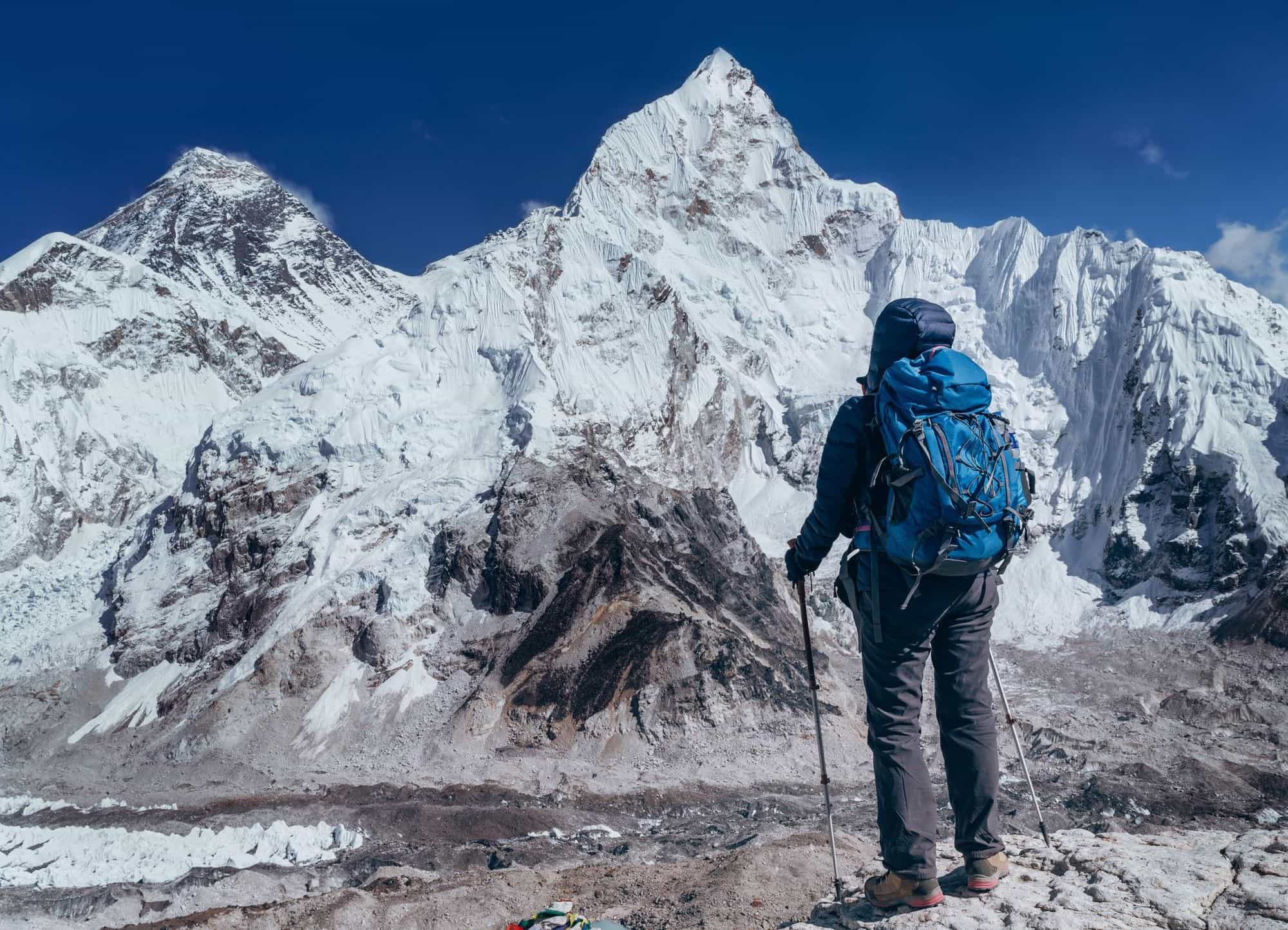
For your Everest View Trek, pack lightweight, warm and waterproof clothing suitable for multi-day hiking. This should include:
- Waterproof jacket
- Lightweight down jacket
- Waterproof trousers
- Lightweight trekking trousers
- Hiking shorts (if trekking in the summer)
- Thermals (top and bottom, merino ideal)
- Fleece or warm mid-layer
- Waterproof thick gloves
- Glove liners
- Hiking socks and lighter walking socks
- Wool hat
- Sun hat
- Buff or similar
- Worn in waterproof hiking boots
- Lightweight trainers (for the evenings)
You will also need:
- 3-4 season sleeping bag
- Sleeping bag liner
- Trekking poles
- Sun protection (sunscreen, sunglasses)
- 2 water bottles (1 litre each)
- Headtorch
- First aid kit and/or personal medication
- Water purification tablets/system
- Hand gel
- Small biodegradable bags to take toilet tissue off the mountain
- Toilet paper/tissues
When is the Best Time of Year to Hike the Everest Panorama Trail?
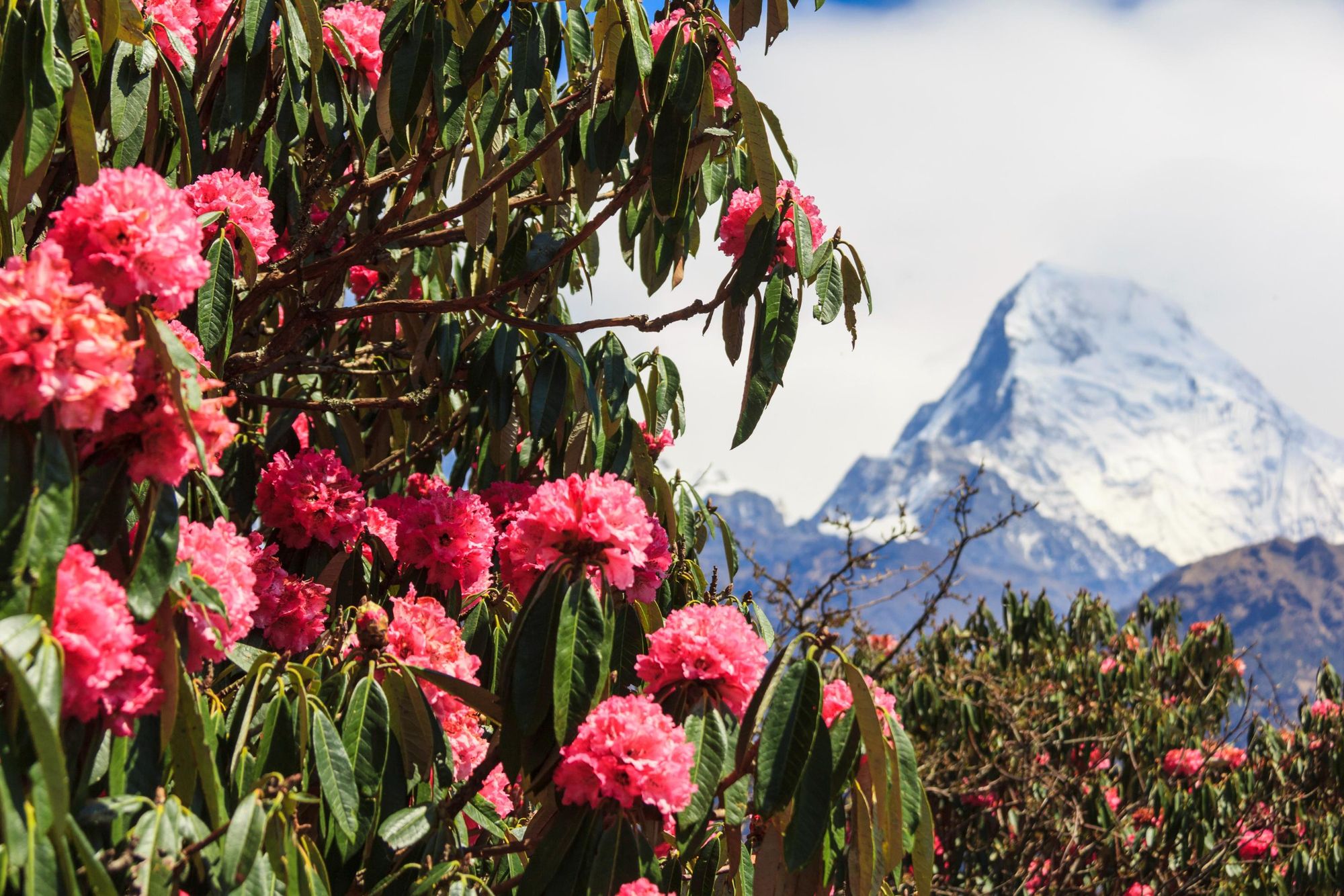
The Everest Panorama Trail can be hiked year round, except for the months of June, July and August, which is monsoon season. The best times of year to hike the trail are in December or January (the cold winter months), or during the spring months of March to May, when the rhododendrons are flowering.
Inspired? Trek the Everest Panorama Trail with us! You can also check out our other trekking adventures in Nepal.


